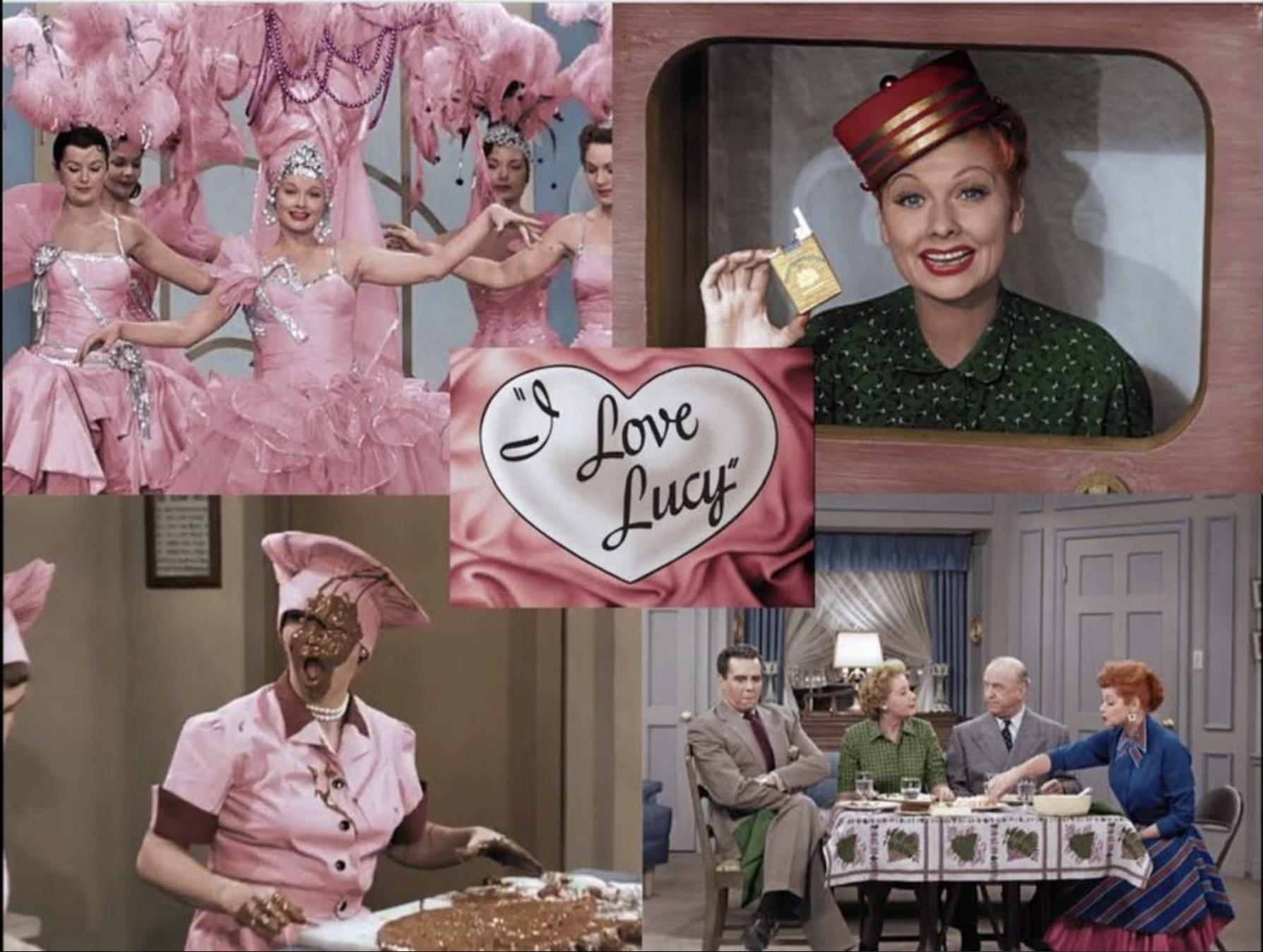
It’s been over 70 years since I Love Lucy first aired in 1951, yet the legacy of this groundbreaking sitcom is still going strong. With unforgettable performances, revolutionary production techniques, and one of the most iconic couples in TV history, I Love Lucy didn’t just entertain — it transformed the way television was made and experienced.
Whether you’re a longtime fan or a curious newcomer, here are 10 surprising facts about I Love Lucy that prove it’s much more than just a classic — it’s a television revolution.
1. The First Sitcom Filmed in Front of a Live Studio Audience
Before I Love Lucy, most TV comedies were filmed like stage plays — no audience, no laughter, and lots of canned sound effects. But Lucille Ball insisted on performing in front of a real, live audience to get genuine reactions. Producers had to reimagine how to shoot a show with a live crowd, setting a new gold standard for sitcoms. That laughter you hear? 100% real.
2. Lucille Ball Fought for Her Real-Life Husband to Join the Show
When CBS offered Lucille Ball her own sitcom, she had one non-negotiable condition: her Cuban-born husband, Desi Arnaz, had to play her on-screen spouse. Executives were hesitant — they worried audiences wouldn’t believe an all-American redhead was married to a Latin bandleader. But Lucille stood firm: “If he doesn’t play my husband, there is no show.” That decision made history — both on-screen and off.
3. It Was the First Show to Use the Multi-Camera Format
Shooting in front of a live audience was just the beginning. I Love Lucy pioneered the use of three cameras filming simultaneously from different angles — a technique now standard in TV sitcoms. This innovation gave editors more footage to work with and brought a cinematic feel to the small screen. It completely redefined what a TV comedy could look like.
4. Shot on 35mm Film — at a Time When Nobody Else Did
To ensure high-quality images that could be broadcast across the country, Desi Arnaz and Lucille Ball insisted on filming the series on 35mm film instead of using lower-resolution kinescopes. It was more expensive, so Desi made a deal: they’d pay the extra cost in exchange for ownership rights. That decision didn’t just preserve the show’s quality — it helped turn them into TV moguls.
5. They Couldn’t Say “Pregnant” on TV
In 1952, Lucille Ball became pregnant in real life. Instead of hiding it, the show’s writers incorporated her pregnancy into the storyline — a huge taboo at the time. But CBS wouldn’t allow the word “pregnant” to be used on air, so they opted for “expecting” instead. Even with that restriction, I Love Lucy broke major ground by showing a visibly pregnant woman on television for the first time.
6. Lucy Giving Birth Got More Viewers Than the President
The episode “Lucy Goes to the Hospital,” where Lucy gives birth to Little Ricky, aired on January 19, 1953 — the night before President Eisenhower’s inauguration. More than 44 million Americans tuned in to watch Lucy give birth, while only 29 million watched the presidential event the next day. Lucy literally beat the President.
7. Lucille Ball Was the Highest-Paid Woman on Television
By the mid-1950s, Lucille Ball wasn’t just America’s favorite funny lady — she was a powerhouse. Her talent, business savvy, and sheer star power made her the highest-paid woman in television, and one of the first women to ever run a major Hollywood studio. She shattered glass ceilings before most women were even allowed in the room.
8. The Chocolate Factory Scene Became a National Treasure
Ask any fan about I Love Lucy, and chances are they’ll mention the legendary “Job Switching” episode — the one with Lucy and Ethel working at a chocolate factory. The scene, where the conveyor belt gets out of control, has been voted one of the funniest moments in TV history. The actual set from that episode now lives in the Smithsonian’s National Museum of American History.
9. Desilu Productions Went On to Create Star Trek and Mission: Impossible
After I Love Lucy, Lucille and Desi’s production company — Desilu — didn’t just fade away. It went on to develop and produce Star Trek, Mission: Impossible, and other iconic series. That’s right — without Lucy and Desi, Captain Kirk might never have beamed up. Their impact went far beyond comedy.
10. The Show Still Airs Every Day Around the World
Even today, I Love Lucy continues to air in syndication around the globe. It’s translated into dozens of languages, available on streaming platforms, and beloved by new generations who weren’t even born when it first aired. Very few shows can claim that kind of cultural endurance — and even fewer can still make us laugh after seven decades.
How Many Did You Know? Drop Your Score in the Comments!
From live audiences to multi-camera setups, I Love Lucy changed everything about how TV was made — and how it was enjoyed. Lucille Ball and Desi Arnaz weren’t just stars; they were visionaries who rewrote the rules of television.
So the next time you hear that iconic theme song or watch Lucy get into another hilarious mess, remember — you’re not just watching a classic sitcom. You’re watching history being made.
